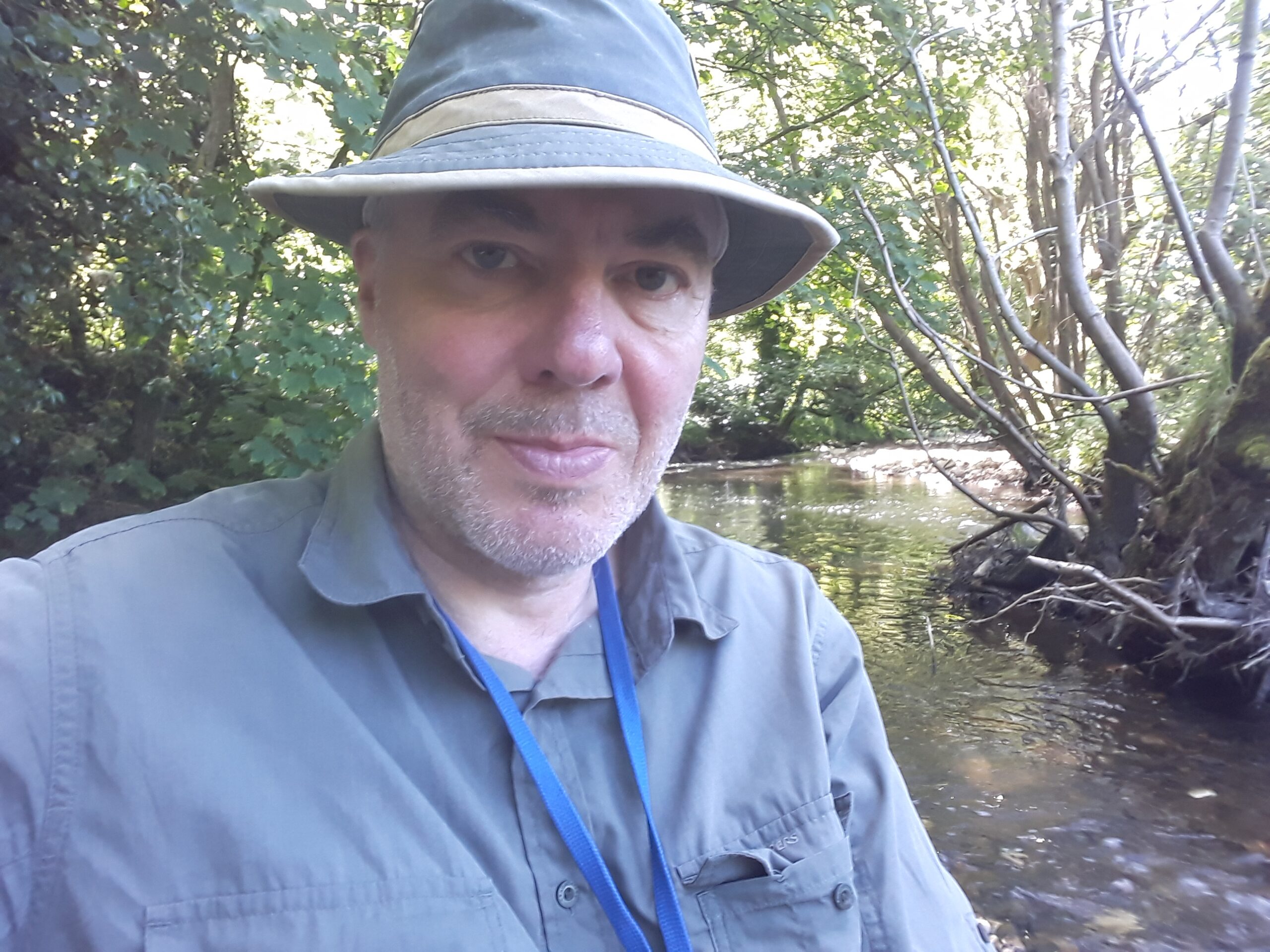Populations of garden birds that many of us will have grown up with as familiar and friendly sights have gone into a ‘precipitous decline’ in recent years, new research from the RSPB has shown.
The data suggests that around 600 million breeding birds have been lost in the EU and UK since 1980 - that means that one out of every six birds over a 40 year period has been lost.
The biggest losers have been the more common species, with the humble house sparrow topping the list. This once ubiquitous bird has declined by 50% during the period, a total of 247 million birds gone from our towns and gardens. Its close relative the tree sparrow has lost 30 million birds. The starling is another big loser.

However, some species have actually increased in number, such as the Blackcap and Chiffchaff, but again a small number of species is responsible for the biggest number of gains. But it all adds up to a net loss of around 600 million birds.
The research was conducted by a team of scientists from RSPB, BirdLife International and the Czech Society for Ornithology. They analysed data for 378 out of 445 bird species native to countries in the EU and UK.
Many of the population declines can be explained by changes in farming practices over the years, as more intensive agriculture has led to loss of habitat. This does not fully explain the loss of birds such as the house sparrow in urban settings though. The reasons for these urban declines are not fully understood but researchers think they may be linked to food shortage, the spread of avian malaria or the effects of air pollution.
Long-distance migrants such as willow warbler and yellow wagtail have also declined proportionally more than other groups, as have shorebirds such as lapwing and dotterel.
Much of the decline took place during the 1980s and 1990s. During the last decade particularly the rate of decline has begun to slow as the legal protection given by the EU Bird Directive and Habitat Directive have allowed some species to flourish.
For instance, seven species of birds of prey have increased in recent decades following increased protection and reductions in pesticides and persecution, as well as benefiting from the introduction of targeted recovery projects. The Red Kite is a good example of this.
However, the precipitous decline of the common species should act as an alarm bell: it is an indicator of how badly we have degraded our environment and supports other research demonstrating the extent of biodiversity loss.
Fiona Burns, RSPB Senior Conservation Scientist and lead author of the study said: “Next year the United Nations Convention of Biological Diversity will be meeting to discuss the future of our global biodiversity, and create a framework which calls for increasing conservation efforts to be targeted towards preventing extinctions and recovering species abundance.
“Our study is a wake-up call to the very real threat of extinctions and of a ‘Silent Spring’, and we are fully supportive of ensuring a strong framework which puts conservation front and centre of any global plans.
“We need transformative action across society to tackle the nature and climate crises together. That means increasing the scale and ambition of nature-friendly farming, species protection, sustainable forestry and fisheries, and rapidly expanding the protected area network.”
Anna Staneva, BirdLife Europe Interim Head of Conservation added: “Common birds are becoming less and less common, largely because the spaces they depend on are being wiped out by humans. Nature has been eradicated from our farmland, sea and cities. Governments across all of Europe must establish legally binding targets for nature restoration, otherwise, the consequences will be severe, including for our own species.”
This study comprising such a large dataset was made possible by long term citizen science projects across Europe, largely made up of volunteers who count breeding populations of birds across almost 30 countries.

